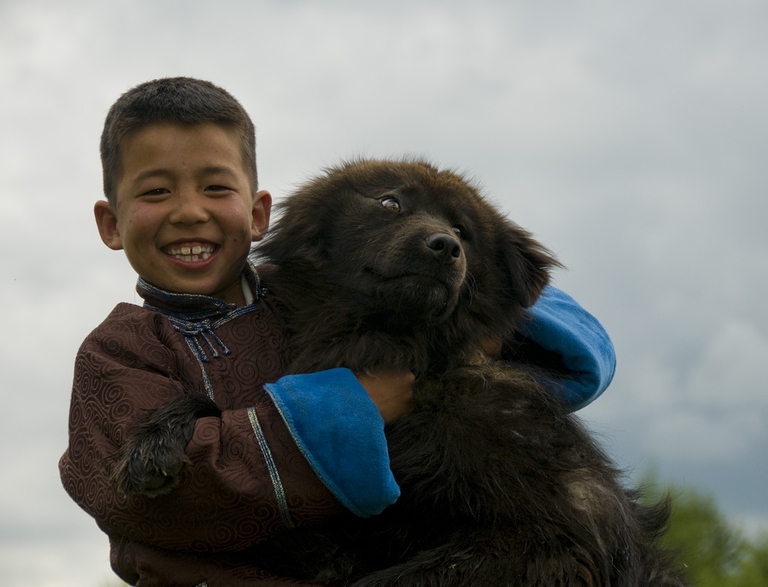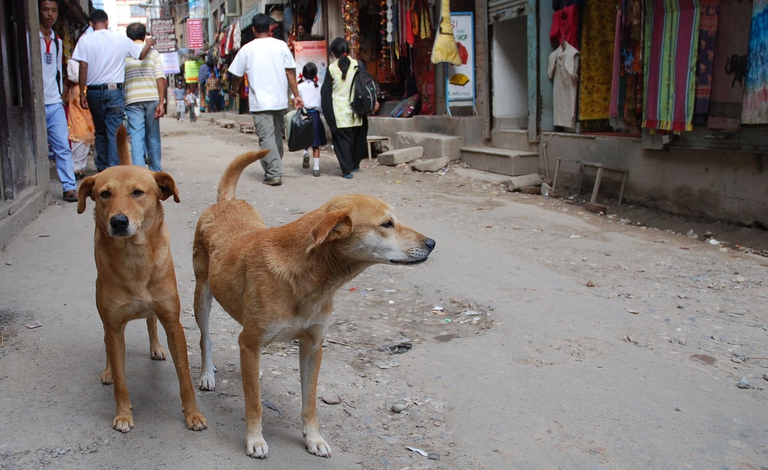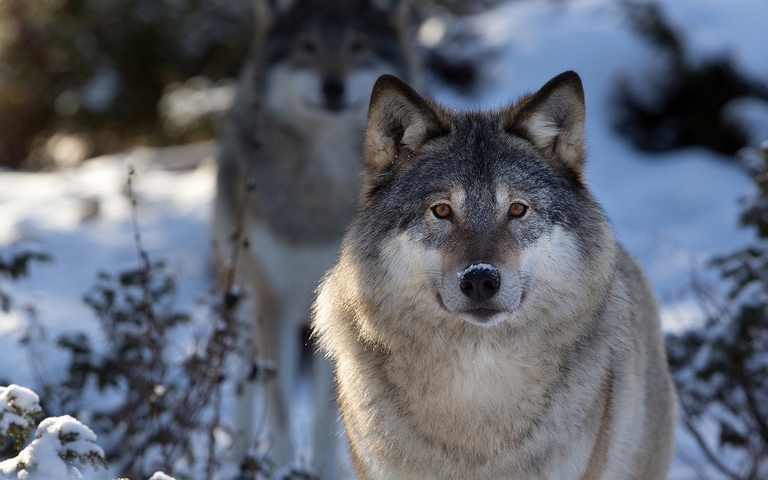
Niseko, Toya-Usu and Shiraoi are three Hokkaido destinations for travellers who want to feel close to the communities they’re visiting.
According to the most recent and complete genetic study ever conducted, dogs originated in Nepal or Mongolia.
Dogs (Canis lupus familiaris) originate from wolves and are the result of human domestication and selection, which started thousands of years ago and produced a wide range of different species.
Researchers have conflicting hypotheses about the origins of dogs: some have suggested Europe, others Middle East, others Siberia or Southern China. According to a new detailed study published in the magazine Proceedings of the National Academy of Sciences, there’s a new “candidate”: central Asia.
An international team of scientists led by Laura Shannon and Adam Boyko, researchers at Cornell University, tested pedigrees as well as crossbred stray or village dogs that account for at least 75 percent of all living dogs.
Scientists analysed over 4,500 dogs from 161 different breeds and 549 crossbred dogs from 38 countries. It’s the first time that scientists study such a big and varied group of dogs. Through this study, researchers used genomic data of modern dogs and determined which groups were the most similar to the genomic data of ancestral populations.
The DNA analysis pointed to Central Asia, as well as the genetic studies on human beings determined that our origin country is Eastern Africa. Mongolian steppe and Nepalese rugged mountains are the places where man’s best friend first appeared.
Data, collected from different studies on modern and ancient DNA found in canid bones, was not so accurate so to precisely determine when dogs originated, but it demonstrated that dogs arose from wolves at least 15,000 years ago.
The research results are not ultimate, though. The great variety of pedigrees spread in the last two centuries obscured dog’s evolutionary story, making it difficult to determine their origins.
According to Boyko, between 50,000 and 10,000 years ago, grey wolves and human beings hunted similar preys, big mammals like the Eurasian elk. But increased human density, climate change and other factors caused the decline of these preys. So, wolves would have approached human settlements in search of food. Human beings and wolves would have increasingly collaborated, starting the domestication process.
Siamo anche su WhatsApp. Segui il canale ufficiale LifeGate per restare aggiornata, aggiornato sulle ultime notizie e sulle nostre attività.
![]()
Quest'opera è distribuita con Licenza Creative Commons Attribuzione - Non commerciale - Non opere derivate 4.0 Internazionale.
Niseko, Toya-Usu and Shiraoi are three Hokkaido destinations for travellers who want to feel close to the communities they’re visiting.
We talked to World Happiness Summit organiser Karen Guggenheim about the connection between the planet’s health and our happiness.
The new generation of high-performance wood materials offers unexpected hi-tech possibilities to the worlds of design and architecture.
A group of experts in Tokyo suggested pouring radioactive water from Fukushima into the open sea. A marine biochemist explains the consequences of this absurd decision.
By recovering clothes discarded in the West, Togolese designer Amah Ayiv gives them new life through his high fashion creations.
All catwalks in July will be broadcast online: after Paris, it’s Milan Digital Fashion Week’s turn. And the biggest beneficiary is the environment.
Disabled travellers need not fear Japan. Accessible Japan founder Josh Grisdale tells us about his commitment to opening the country’s doors to everyone.
Kalongo Hospital in Uganda is on high alert. Medics are facing the pandemic amid an already precarious healthcare situation, in a country with only 55 intensive care beds.
Indigenous peoples in the isolated region are suffering from poor access to health, with several cities becoming hotspots of coronavirus in the Amazon. Indigenous leaders, health experts and NGOs are calling for international help.











